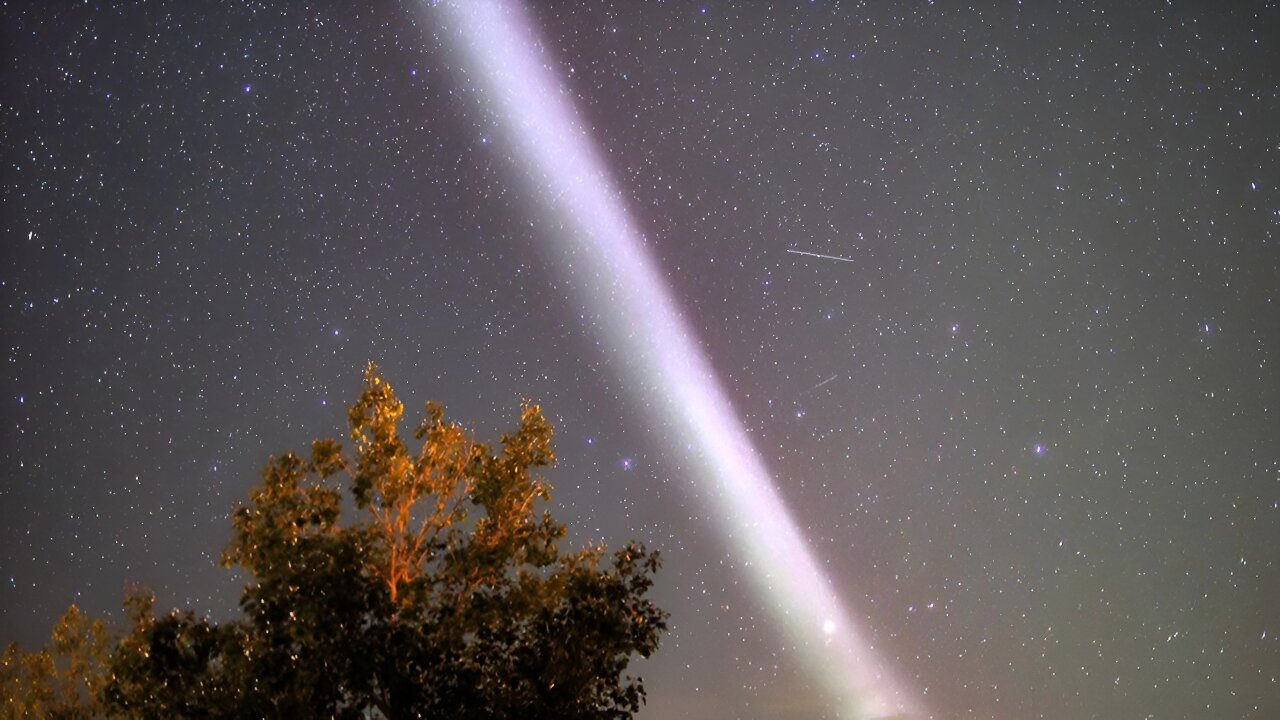Charged particles in the Earth’s atmosphere generate not only the well-known auroras, but also plasma flows, known as SAID. Scientists investigated using satellites and understood how they were formed.

Plasma flows in the Earth’s atmosphere
People who watch the night sky at the poles of the Earth often see auroras, colorful light shows in the upper atmosphere caused by the interaction between the solar wind and the magnetosphere of our planet. And a little closer to the equator, another phenomenon of the upper atmosphere sometimes occurs: subauroral ion drifts (SAID).
SAID events are usually narrow, fast, westward-directed flows of extremely hot plasma through the ionosphere, i.e., mixtures of charged particles. In recent years, scientists have linked SAID events to visible structures in the sky known as stable auroral red arcs (SAR) and strong thermal emission velocity enhancement (STEVE).
An interesting feature of SAID is that they usually occur between dusk and midnight, but sometimes they can be registered after midnight. A new study published in the Journal of Geophysical Research: Space Physics carefully examined the characteristics and formation of rare SAID events after midnight.
What research showed
The researchers focused on 15 SAID events after midnight detected near South America in 2013. To better understand them, they analyzed data from the Defense Meteorological Satellite Program, Van Allen probes, geostationary operational satellites for environmental research and various observations of auroras.
They found that these plasma flows arose as a result of a complex interaction of ionospheric conditions and geomagnetic dynamics consisting of the formation of an electric field, wave-particle interaction, and the presence of local heat sources.
These findings allow scientists to understand the dynamics of plasma in the upper atmosphere in a new way. Now it becomes clear that SAID can disrupt radar signals for satellite tracking and other critical programs.
According to phys.org
Follow us on Twitter to get the most interesting space news in time
https://twitter.com/ust_magazine

